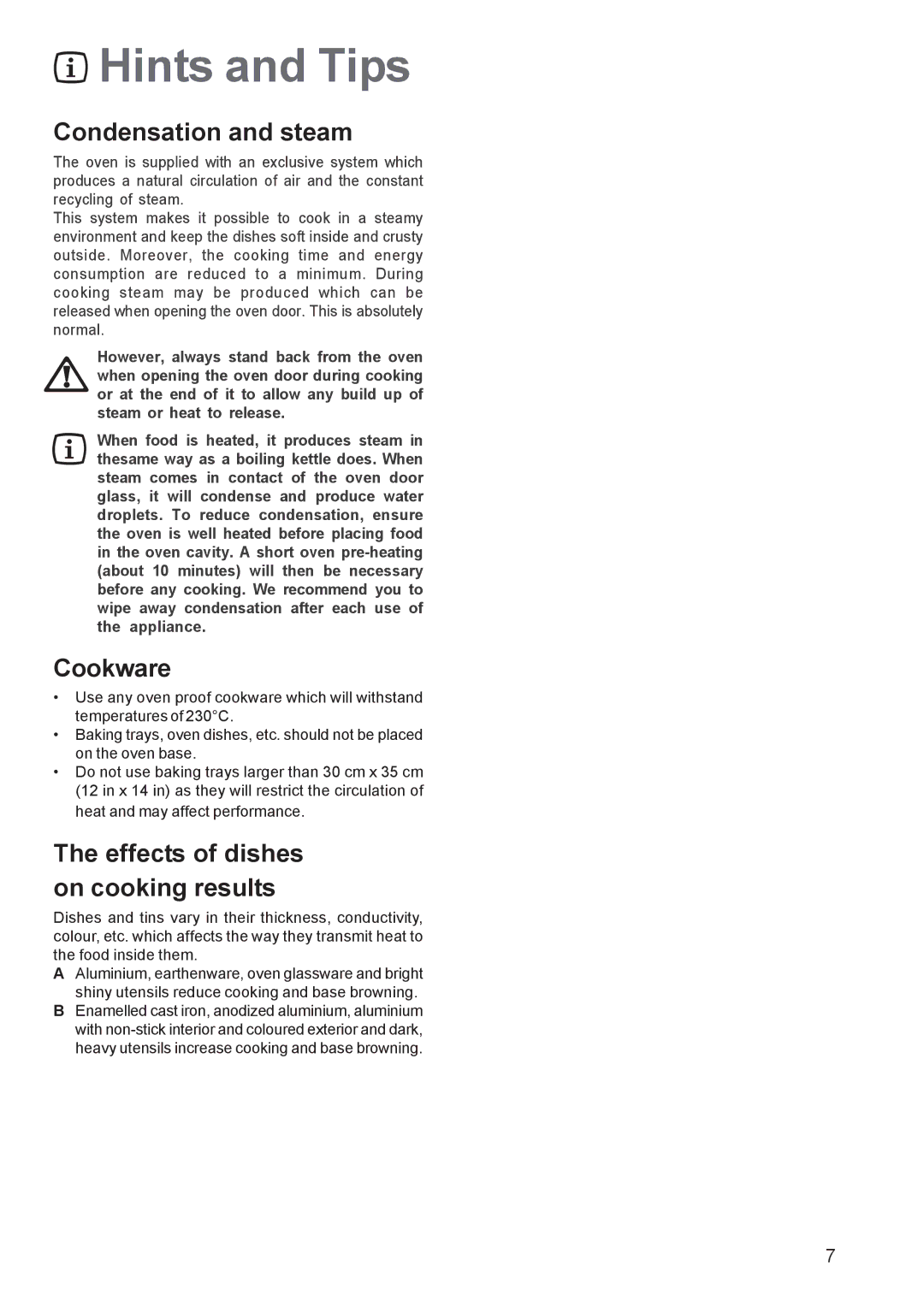EOB 2700 specifications
The Electrolux EOB 2700 is a high-performance built-in oven that combines innovation, functionality, and style, making it an excellent choice for both professional chefs and home cooking enthusiasts. With a sleek design and user-friendly features, the EOB 2700 stands out in any modern kitchen.One of the key features of the Electrolux EOB 2700 is its advanced cooking technology. The oven utilizes a combination of Fan Cooking and Surround Cooking technologies, ensuring even heat distribution for perfectly cooked dishes. This means that whether you are baking cookies, roasting a chicken, or heating up leftovers, you can expect consistent results every time. The oven also supports various cooking modes, such as conventional, grill, and defrost, providing versatility for different culinary needs.
The EOB 2700 is equipped with a spacious interior, with a capacity of 70 liters, allowing users to cook large meals or multiple dishes simultaneously. The telescopic shelves provide easy access to your food, making it easier to check on your dishes without the risk of burns. The oven’s catalytic cleaning system is another standout feature, which uses high temperatures to break down grease and food residues, making the cleaning process much more manageable and reducing the need for harsh chemicals.
Another noteworthy characteristic of the Electrolux EOB 2700 is its intuitive digital display and user interface. The clear, easy-to-read control panel allows users to effortlessly navigate through various cooking settings and programs. This user-friendly design caters to all skill levels, from novice cooks to seasoned chefs.
Safety is also a priority with the EOB 2700. The oven is equipped with safety features such as a cool-touch door to prevent burns and a child lock to keep little ones safe while cooking.
In summary, the Electrolux EOB 2700 is a reliable and sophisticated built-in oven that brings professional-grade cooking capabilities home. Its combination of advanced technologies, generous capacity, and convenient features make it a remarkable addition to any kitchen, ensuring that every meal is a masterpiece. The EOB 2700 is truly designed with the user in mind, emphasizing quality, performance, and ease of use.
